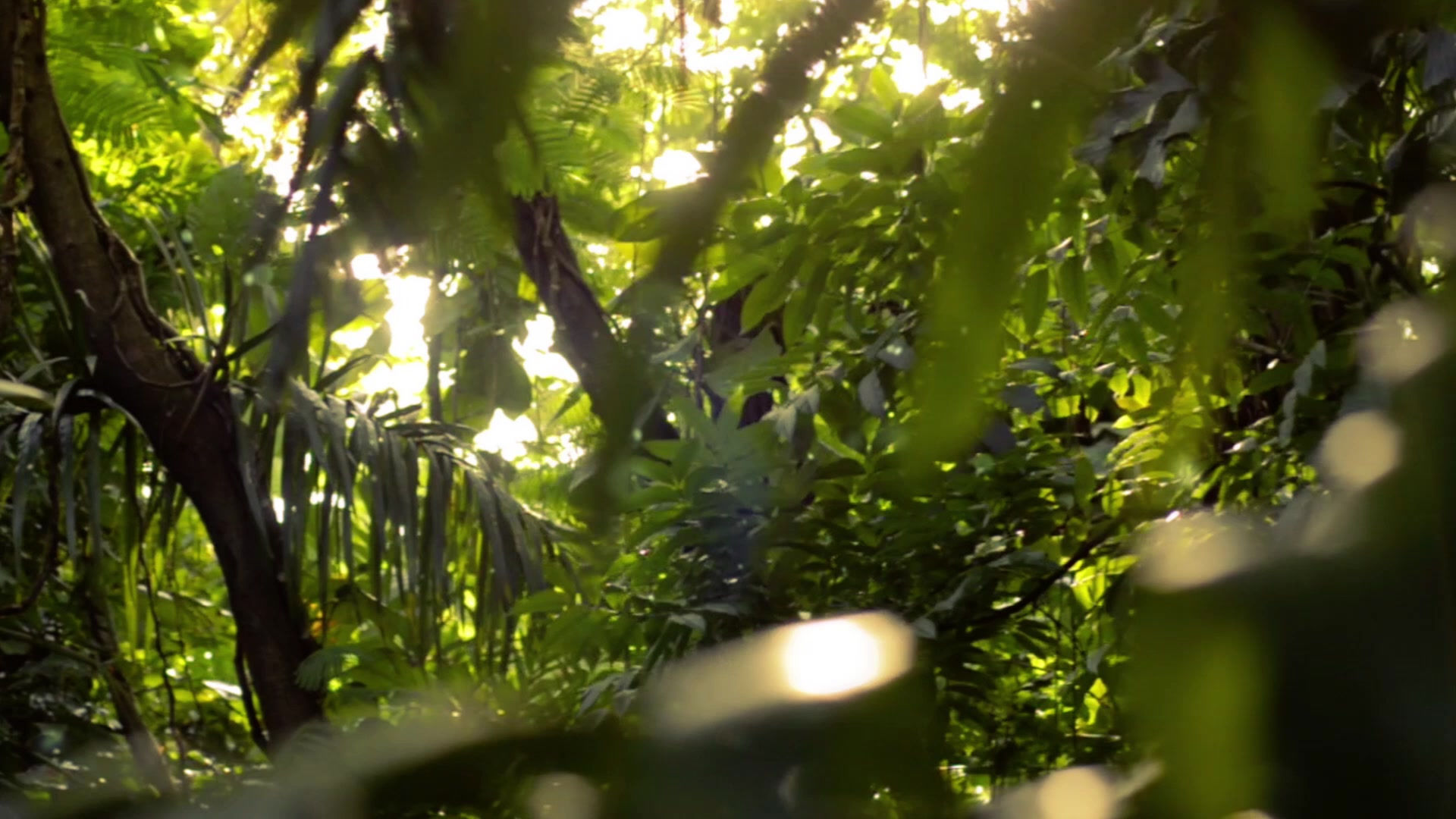top of page

Marblewood


Common Name(s): Tigre Caspi, Tiger Caspi
Scientific Name: Zygia cataractae
Distribution: Central and South America
Color/Appearance: Heartwood is a yellow to golden or orangish brown, with irregular brown/black streaks. Grayish yellow sapwood is slightly paler than heartwood, and lacking contrasting streaks: not always immediately distinguishable from heartwood. Overall appearance is very similar to Marblewood
*Estimated hardness based on specific gravity
Modulus of Rupture: No data available
Elastic Modulus: No data available
Crushing Strength: No data available
Shrinkage: Radial: 7.6%, Tangential: 10.2%, Volumetric: 17.9%, T/R Ratio: 1.3
bottom of page